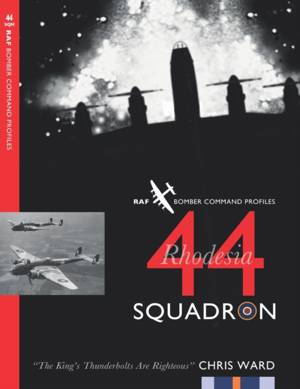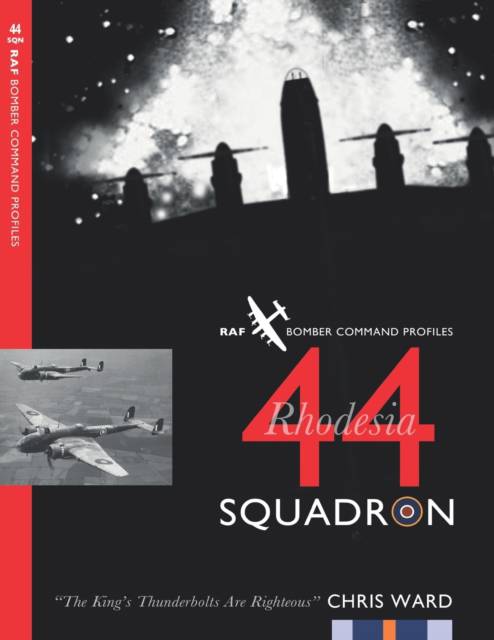
- Retrait gratuit dans votre magasin Club
- 7.000.000 titres dans notre catalogue
- Payer en toute sécurité
- Toujours un magasin près de chez vous
- Retrait gratuit dans votre magasin Club
- 7.000.0000 titres dans notre catalogue
- Payer en toute sécurité
- Toujours un magasin près de chez vous
46,45 €
+ 92 points
Description
Originally formed in July 1917 as part of the Royal Flying Corps, it is as a heavy bomber unit in the Second World War that 44 (Rhodesia) Squadron is best known. Manned by a large proportion of aircrew from southern Africa, the squadron was renamed in 1941 in their honour. The crest is based on the seal of the Matabele chief Lobengula, the elephant featured depicting the weight of attacks the squadron was to carry out.At the start of the war, 44 Sqn flew the Handley-Page Hampden. Famously, the squadron was the first to be fully equipped with the Avro Lancaster, the bomber that was to change the fortunes of the RAF in the strategic campaign against Germany. Becoming fully operational with the type at the beginning of March 1942, six weeks later the squadron had the opportunity to fully test their new weapon in the Augsburg Raid. Five of the six 44 Sqn crews failed to return, along with two of the six crews from 97 Sqn. S/L John Nettleton, who led the 44 Sqn contingent, was awarded the VC.Stationed at RAF Waddington at the outbreak of the war, the unit moved to RAF Dunholme Lodge in 1943 before a further move, in September 1944, to RAF Spilsby. Involved in all the major battles of the strategic bombing campaign in Europe, 44 (Rhodesia) Squadron inevitably paid the price in aircrew and aircraft, losing 43 Hampdens and 149 Lancasters in action.Chris Ward's Profile of this fine squadron explains in detail the significant contribution to the war effort made, and the sacrifices suffered, by the officers and men of 44 (Rhodesia) Squadron.
Spécifications
Parties prenantes
- Auteur(s) :
- Editeur:
Contenu
- Nombre de pages :
- 530
- Langue:
- Anglais
- Collection :
- Tome:
- n° 11
Caractéristiques
- EAN:
- 9781911255772
- Date de parution :
- 04-06-21
- Format:
- Livre broché
- Format numérique:
- Trade paperback (VS)
- Dimensions :
- 216 mm x 279 mm
- Poids :
- 1215 g

Les avis
Nous publions uniquement les avis qui respectent les conditions requises. Consultez nos conditions pour les avis.






